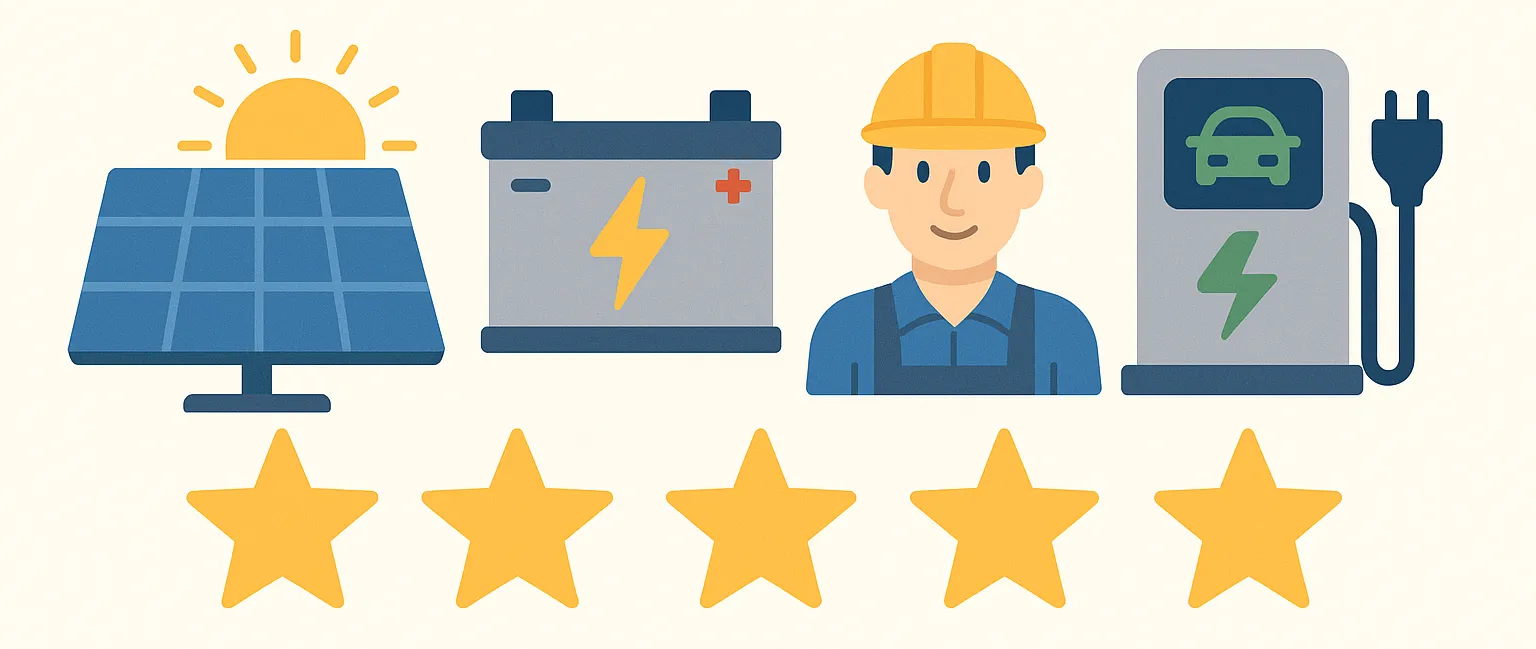Although 2014 was one of the toughest years for the renewable energy industry, rooftop solar power continued to grow, according to the Clean Energy Australia Report 2014 released by the Clean Energy Council (CEC) yesterday.
CEC Chief Executive Kane Thornton said a dry year for rainfall in hydro catchments meant the amount of power generated by renewable energy in 2014 actually went backwards, from 14.76 per cent of Australia’s total power in 2013 down to 13.47 per cent in 2014. Further, the RET uncertainty persisted, stalling investment in the sector.
However, he said the commercial solar sector saw the strongest growth of any form of renewable energy in 2014, due to the fact that it was less affected by the RET review.
“More than 15,000 businesses have now installed a solar power system, helping them save a collective $64 million on their power bills every years. Some major brands also saw the potential of solar power, with Mars Confectionery and IKEA both making major investments in the technology.”
Mr Thornton said Bundaberg in Queensland was Australia’s solar capital at the end of 2014, closely followed by Mandurah in Western Australia and Hervey Bay, just over 100 km from Bundaberg.
“In large-scale renewable energy, three new wind farms completed construction during 2014, along with the Royalla Solar Farm, which was built with the help of the ACT Government,” he said.
The key findings of the Clean Energy Australia Report 2014 are:
- 13.47 per cent of Australia’s electricity came from renewable sources in 2014, enough to power 4.5 million average homes for a year but a fall from 14.76 per cent the year before, mainly due to lower rainfall in hydro catchment areas
- 16,000 GWh of new large-scale renewable energy generation was produced under the RET, half of the revised 33,000 GWh target for large-scale renewable energy generation
- Just over 187,000 solar power systems were installed on homes and small businesses during 2014, a drop of 8.5 per cent on the year before
- Hydro (6.2 per cent of Australia’s total power generation) still produced the most clean energy of any source, while wind power (4.2 per cent) and solar power (2.1 per cent) continued to grow
- Approximately 40 per cent of South Australia’s power came from renewable energy during 2014, while about 95 per cent of the electricity used by Tasmanians came from renewables. The next best was Western Australia (13 per cent)
- Investment in new large-scale renewable energy fell 88 per cent in 2014 compared to the year before due to policy uncertainty, according to Bloomberg New Energy Finance
- Royalla Solar Farm, the largest in Australia at the end of 2014, was completed with support from the ACT Government
- Three wind farms completed construction – Snowtown II (Trustpower, South Australia), Gullen Range (Goldwind, NSW) and Mount Mercer (Meridian, VIC).
News item provided courtesy of EcoGeneration Australia


